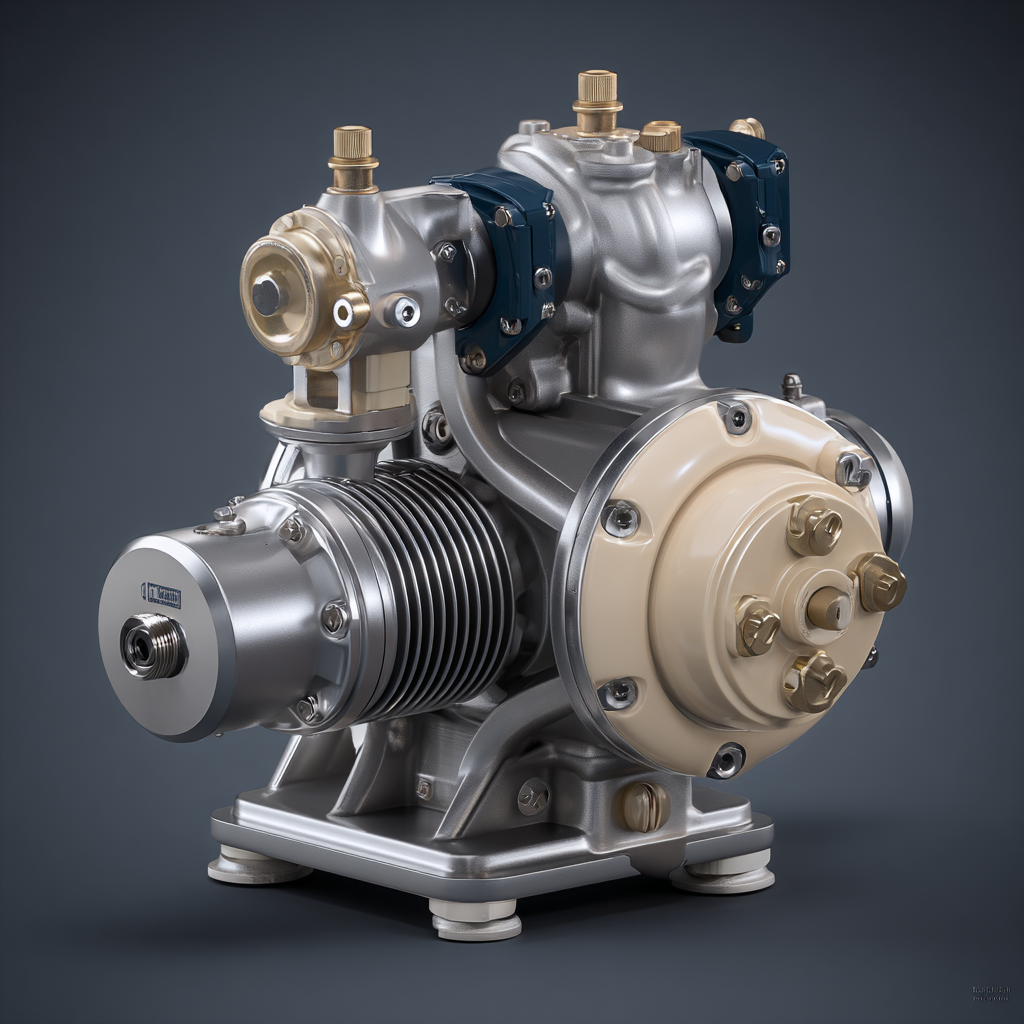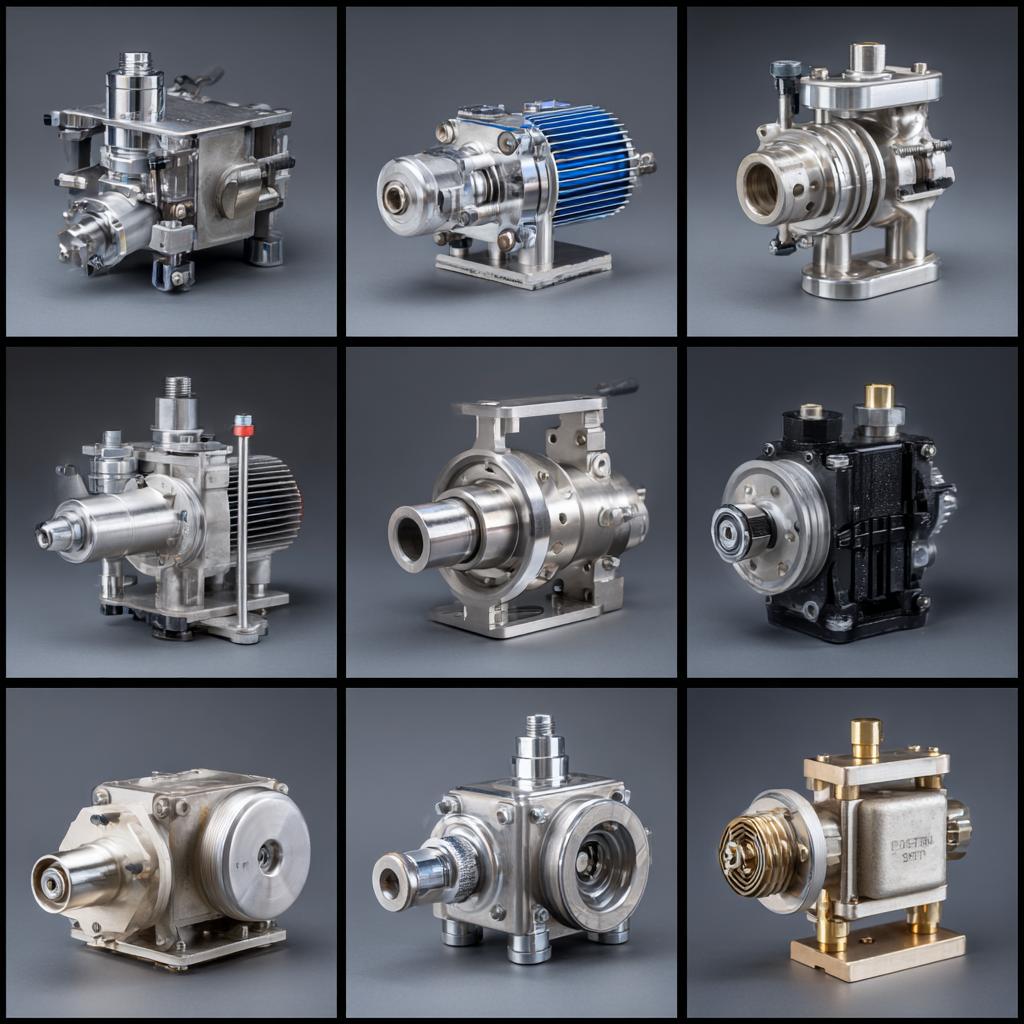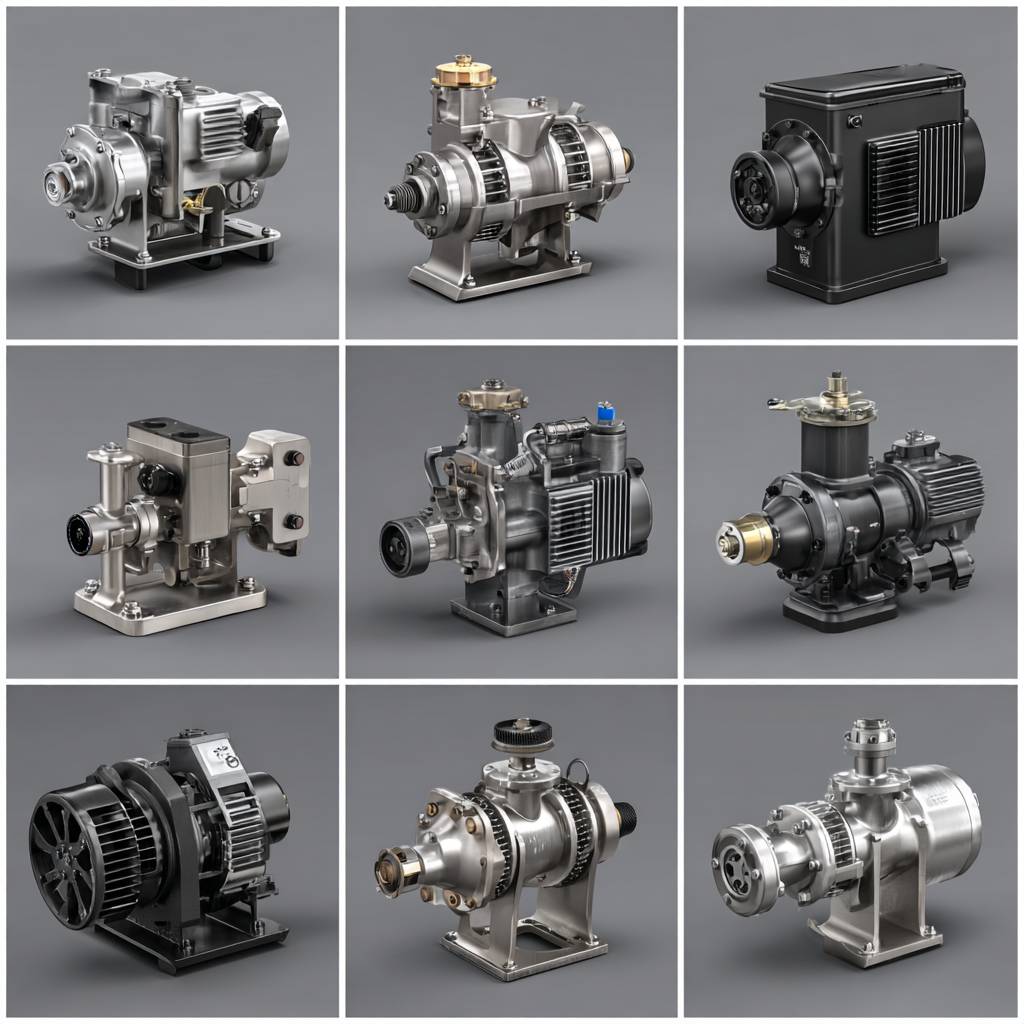Leave Your Message
Request a Quote
In the realm of fluid dynamics and material handling, diaphragm pumps have emerged as a crucial technology, particularly in industries such as chemical processing, water treatment, and food production. According to a comprehensive market analysis by Grand View Research, the global diaphragm pump market was valued at approximately $3.1 billion in 2020, with projections indicating substantial growth driven by increasing demand for reliable and efficient pumping solutions.

These pumps are celebrated for their versatility, durability, and ability to handle a wide range of fluids, including corrosive and viscous substances. However, as industries evolve, so do the needs for more specialized applications, prompting a search for diverse alternatives to traditional diaphragm pumps. In this blog, we will explore these alternatives, ensuring that you can find your perfect match for any specific pumping requirement while emphasizing the importance of quality assurance as reflected in the motto "中国制造,全球共享,品质值得信赖."
After-sales service is crucial when selecting diaphragm pumps, as it significantly influences the lifespan and performance of these vital industrial tools. According to a recent survey by the Fluid & Pump Engineering Association, over 30% of companies reported downtime due to inadequate after-sales support. This highlights that choosing a supplier who provides comprehensive service and support can mitigate operational disruptions and save substantial costs in the long run.
When investing in diaphragm pumps, consider the scope of after-sales services offered by the manufacturer. Strong after-sales programs should include regular maintenance checks, readily available spare parts, and prompt technical support. Additionally, a recent industry report indicated that companies utilizing proactive service strategies reported a 25% reduction in pump-related failures.
Tips: Always inquire about maintenance contracts and customer support availability before making a purchase. Make sure to establish a relationship with your supplier that ensures quick access to technical expertise and replacement parts. Furthermore, consider investing in training programs provided by manufacturers to enhance your team’s understanding of optimal pump operation and maintenance.
When considering diaphragm pumps, one crucial aspect to evaluate is the repair costs associated with maintenance. Various factors influence these expenses, including the quality of materials used, frequency of use, and the complexity of the pump's design. Opting for high-quality components may seem costly upfront but can significantly reduce long-term repair needs. Regularly scheduled maintenance can also prevent major breakdowns and costly repairs, ensuring that your pump runs efficiently.
Tips: To minimize maintenance expenses, always follow the manufacturer's guidelines for routine checks and replacement of wear parts. Keeping the pump clean and free of contaminants can extend its lifespan and reduce repair frequency. Furthermore, investing in training for personnel who operate and maintain the pumps can lead to fewer operational errors that might cause damage.
Another vital factor to consider is the availability of replacement parts. Pumps that are more common in the industry often have readily available parts, leading to lower repair costs due to easier sourcing. Additionally, understanding the warranty and service options provided by manufacturers can play a significant role in managing long-term expenses. Always weigh these considerations against the capabilities and requirements of your specific applications.
When it comes to selecting the right diaphragm pump for your specific needs, understanding the various alternatives available is crucial. Diaphragm pumps stand out for their ability to handle a wide range of fluids and pressures, making them a popular choice across various industries. However, with advancements in technology, exploring diverse alternatives can lead to finding a match that perfectly aligns with your requirements.
Tips:
Firstly, consider the fluid characteristics—viscosity, temperature, and whether it’s abrasive or corrosive. This will greatly influence the materials and design of the pump you choose.
Secondly, assess the application's specific operational requirements, such as flow rate and pressure limits, to narrow down options that can deliver optimal performance.
Lastly, don’t overlook the importance of ease of maintenance and service, as selecting pumps with user-friendly features can minimize downtime and extend the life of the equipment. By taking the time to evaluate these factors, you can confidently select a diaphragm pump that meets your precise needs.

In the quest for efficient fluid transfer solutions,
diaphragm pumps have long held a prominent position. However, an array of innovative alternatives
are emerging, challenging the traditional dominance of diaphragm technology. According to a recent
report by the Global Diaphragm Pump Market Research, the market is projected to grow significantly,
but alternatives such as peristaltic pumps and
screw pumps are gaining traction due to their unique advantages.
These alternative technologies offer solutions tailored for specific applications, ensuring that users
can achieve optimal performance in various environments.

When selecting a diaphragm pump, ensuring its long-term performance and reliability is crucial for optimal operation. Regular maintenance is the foundation of longevity. Schedule routine inspections to check for wear and tear, particularly in the diaphragm and seals. Timely replacement of these components can prevent unexpected failures and extend the pump's lifespan. Additionally, keeping the pump clean and free from debris is essential, as contaminants can cause significant damage over time.
Another important aspect is to choose the right materials for your specific application. Different fluids and operating conditions may require specialized materials that can withstand corrosive substances or extreme temperatures. Always refer to the manufacturer's recommendations and consider your pump's environment when making materials decisions. Furthermore, proper installation and alignment cannot be overstated; a well-installed pump minimizes stress on mechanical components, significantly enhancing its reliability over time. By following these guidelines, you can ensure your diaphragm pump remains efficient and dependable for years to come.

